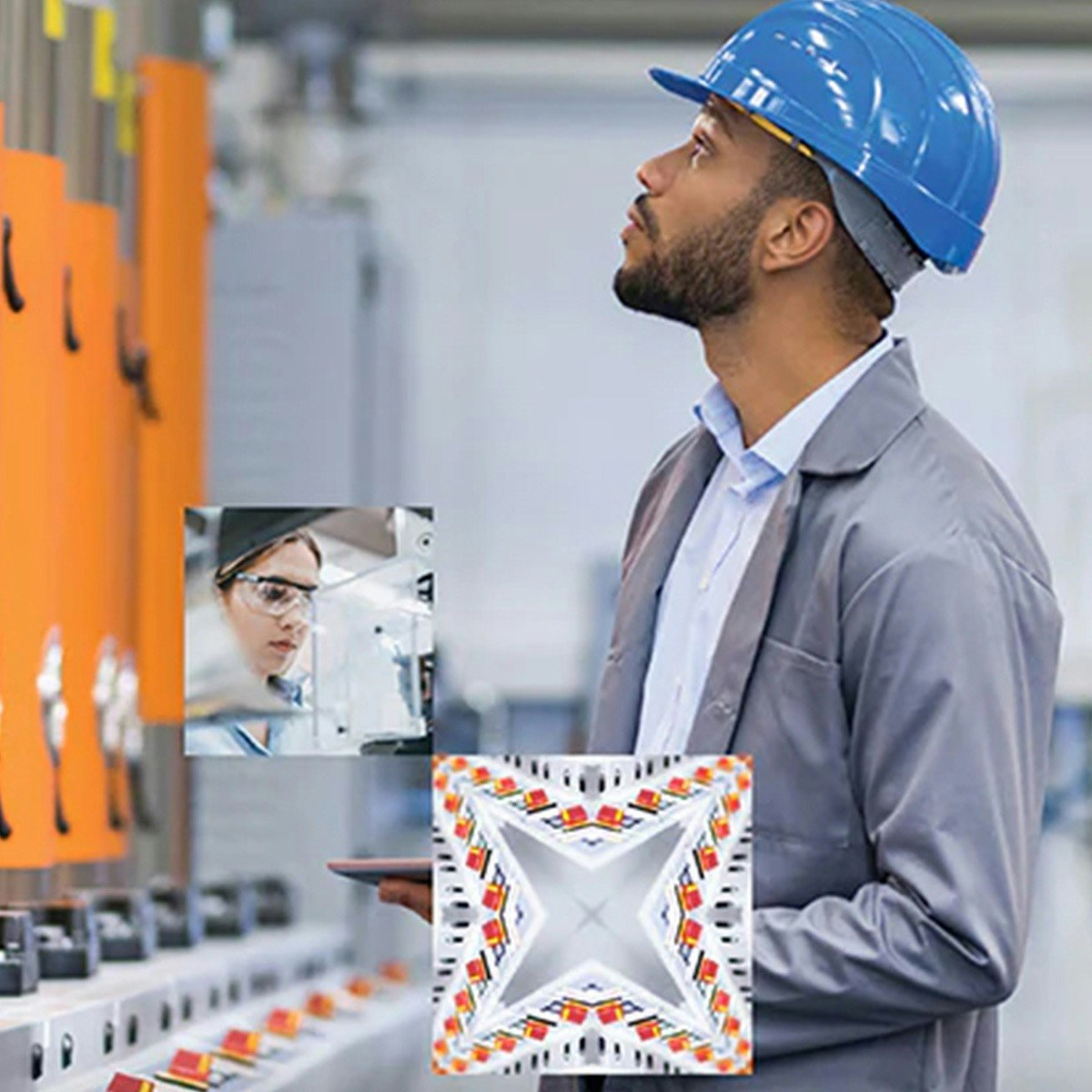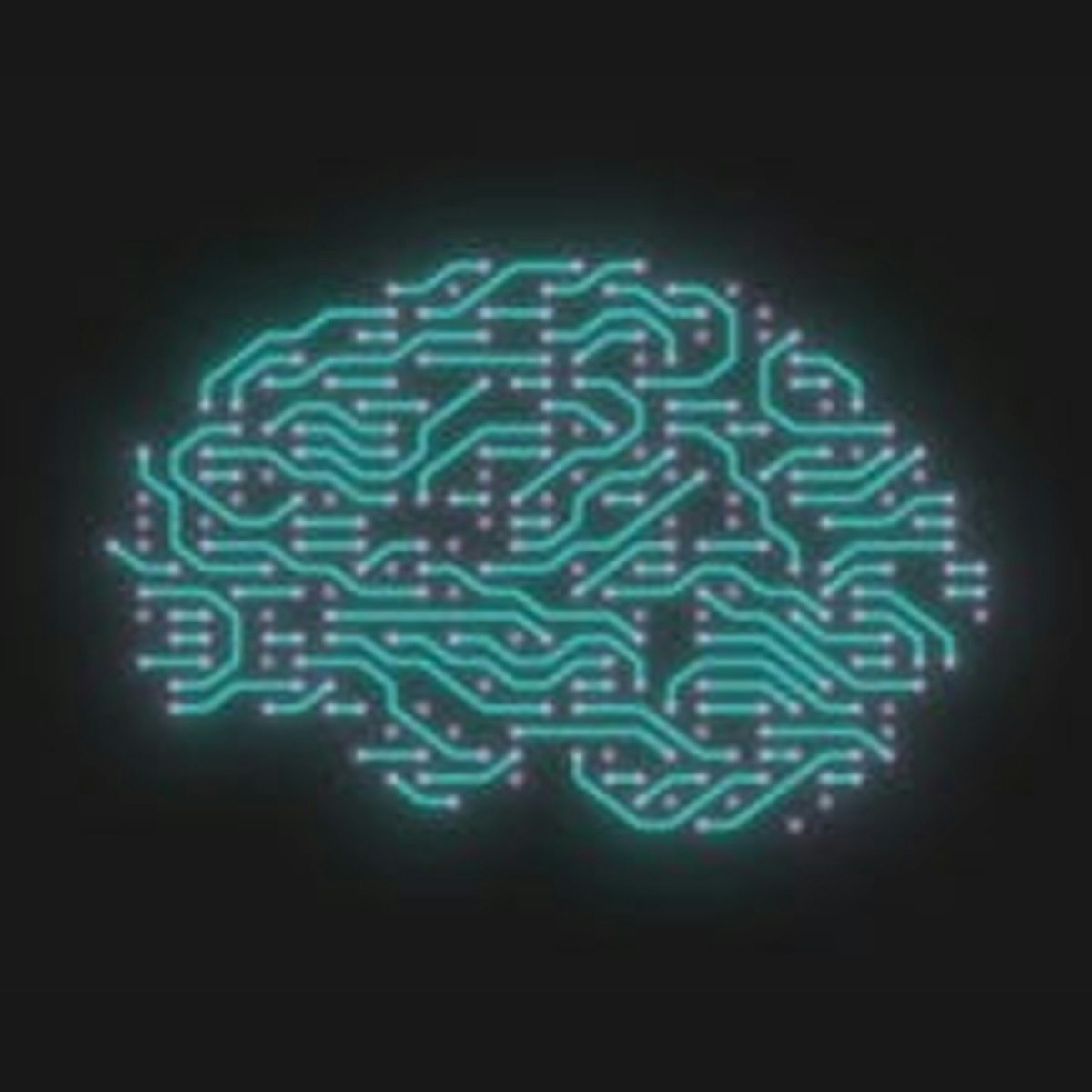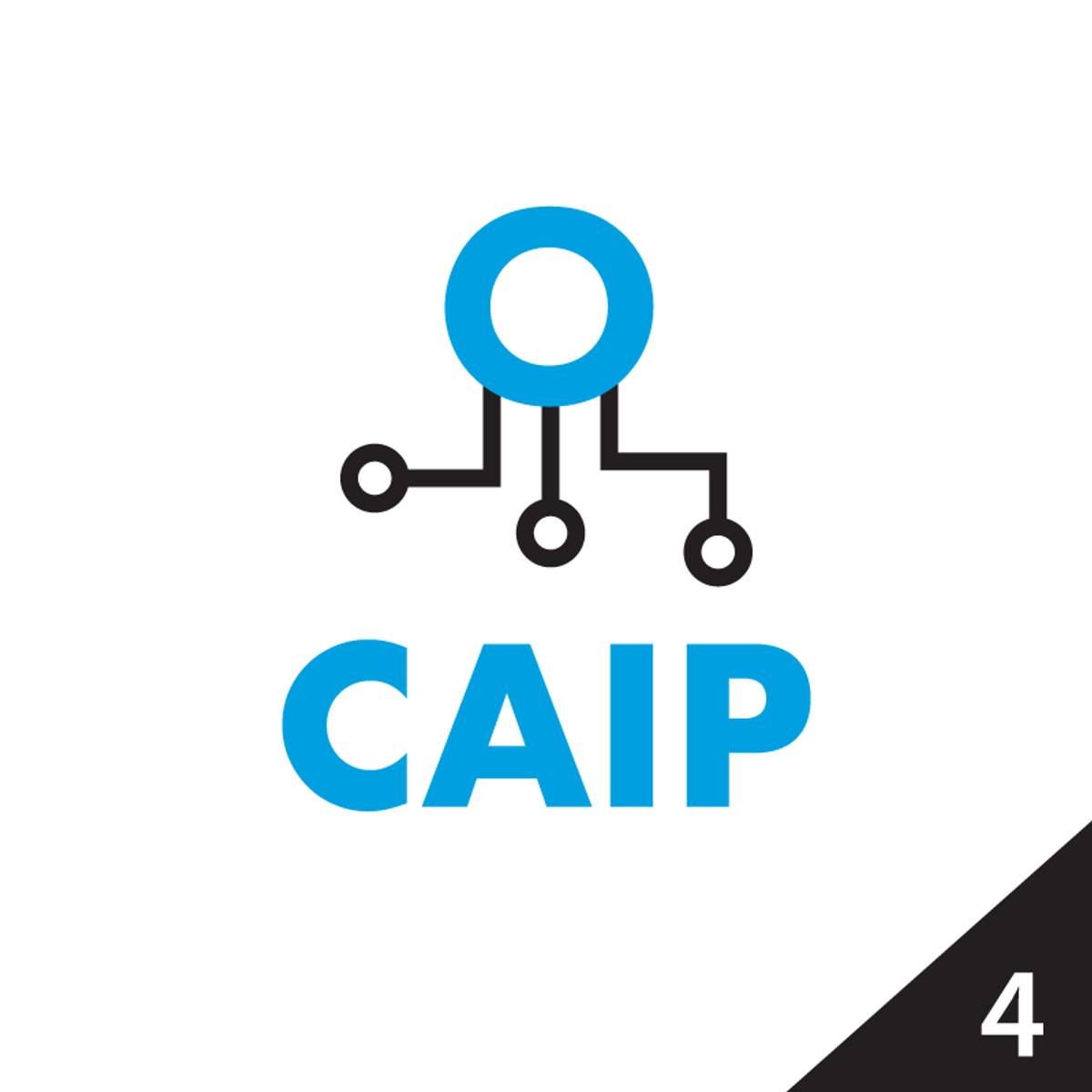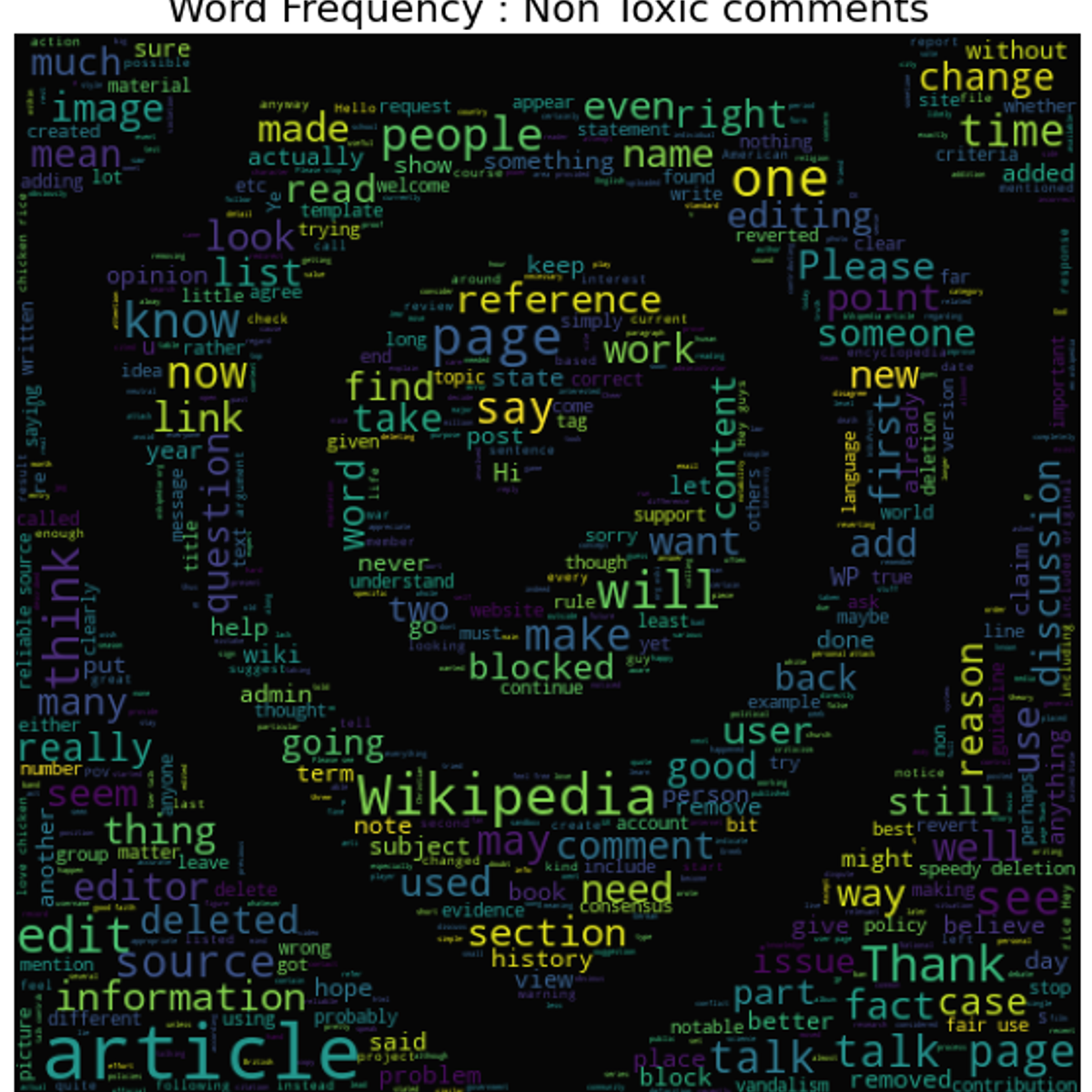Back to Courses









Machine Learning Courses - Page 24
Showing results 231-240 of 485

Designing Autonomous AI
When children learn how to hit a baseball, they don’t start with fastballs. Their coaches begin with the basics: how to grip the handle of the bat, where to put their feet and how to keep their eyes on the ball. Similarly, an autonomous AI system needs a subject matter expert (SME) to break a complex process or problem into easier tasks that give the AI important clues about how to find a solution faster.
In this course, you’ll learn how to distill a business challenge into its component parts by creating an autonomous AI design plan. Using lessons, goal setting, skills, strategies and rewards, you’ll incorporate your SME’s knowledge directly into your AI’s “brain,” the agent that powers your autonomous system. You'll learn when and how to combine various AI architecture design patterns, as well as how to design an advanced AI at the architectural level without worrying about the implementation of neural networks or machine learning algorithms.
At the end of this course, you’ll be able to:
• Interview SMEs to extract their unique knowledge about a system or process
• Combine reinforcement learning with expert rules, optimization and mathematical calculations in an AI brain
• Design an autonomous AI brain from modular components to guide the learning process for a particular task
•. Validate your brain design against existing expertise and techniques for solving problems
• Produce a detailed specifications document so that someone else can build your AI brain
This course is part of a specialization called Autonomous AI for Industry, which will launch in fall 2022.

Using Tensorflow for Image Style Transfer
Have you ever wished you could paint like Van Gogh, Monet or even Picasso? Better yet, have you wished for an easy way to convert your own images into new ones incorporating the style of these famous artists? With Neural Style Transfer, Convolutional Neural Networks (CNNs) distill the essence of the style of any famous artist it is fed, and are able to transfer that style to any other image. In this project-based course, you will learn how to utilize Python and Tensorflow to build a Neural Style Transfer (NST) model using a VGG19 CNN.
Note: This course works best for learners who are based in the North America region. We’re currently working on providing the same experience in other regions.

AI Workflow: Feature Engineering and Bias Detection
This is the third course in the IBM AI Enterprise Workflow Certification specialization. You are STRONGLY encouraged to complete these courses in order as they are not individual independent courses, but part of a workflow where each course builds on the previous ones.
Course 3 introduces you to the next stage of the workflow for our hypothetical media company. In this stage of work you will learn best practices for feature engineering, handling class imbalances and detecting bias in the data. Class imbalances can seriously affect the validity of your machine learning models, and the mitigation of bias in data is essential to reducing the risk associated with biased models. These topics will be followed by sections on best practices for dimension reduction, outlier detection, and unsupervised learning techniques for finding patterns in your data. The case studies will focus on topic modeling and data visualization.
By the end of this course you will be able to:
1. Employ the tools that help address class and class imbalance issues
2. Explain the ethical considerations regarding bias in data
3. Employ ai Fairness 360 open source libraries to detect bias in models
4. Employ dimension reduction techniques for both EDA and transformations stages
5. Describe topic modeling techniques in natural language processing
6. Use topic modeling and visualization to explore text data
7. Employ outlier handling best practices in high dimension data
8. Employ outlier detection algorithms as a quality assurance tool and a modeling tool
9. Employ unsupervised learning techniques using pipelines as part of the AI workflow
10. Employ basic clustering algorithms
Who should take this course?
This course targets existing data science practitioners that have expertise building machine learning models, who want to deepen their skills on building and deploying AI in large enterprises. If you are an aspiring Data Scientist, this course is NOT for you as you need real world expertise to benefit from the content of these courses.
What skills should you have?
It is assumed that you have completed Courses 1 and 2 of the IBM AI Enterprise Workflow specialization and you have a solid understanding of the following topics prior to starting this course: Fundamental understanding of Linear Algebra; Understand sampling, probability theory, and probability distributions; Knowledge of descriptive and inferential statistical concepts; General understanding of machine learning techniques and best practices; Practiced understanding of Python and the packages commonly used in data science: NumPy, Pandas, matplotlib, scikit-learn; Familiarity with IBM Watson Studio; Familiarity with the design thinking process.

Deep Learning with PyTorch : Build an AutoEncoder
In these one hour project-based course, you will learn to implement autoencoder using PyTorch. An autoencoder is a type of neural network that learns to copy its input to its output. In autoencoder, encoder encodes the image into compressed representation, and the decoder decodes the representation to reconstruct the image. We will use autoencoder for denoising hand written digits using a deep learning framework like pytorch.
This guided project is for learners who want to use pytorch for building deep learning models.Learners who want to apply autoencoder practically using PyTorch. In order to be successful in this project, you should be familiar with python , basic pytorch like creating or defining neural network and convolutional neural network.
Build Decision Trees, SVMs, and Artificial Neural Networks
There are numerous types of machine learning algorithms, each of which has certain characteristics that might make it more or less suitable for solving a particular problem. Decision trees and support-vector machines (SVMs) are two examples of algorithms that can both solve regression and classification problems, but which have different applications. Likewise, a more advanced approach to machine learning, called deep learning, uses artificial neural networks (ANNs) to solve these types of problems and more. Adding all of these algorithms to your skillset is crucial for selecting the best tool for the job.
This fourth and final course within the Certified Artificial Intelligence Practitioner (CAIP) professional certificate continues on from the previous course by introducing more, and in some cases, more advanced algorithms used in both machine learning and deep learning. As before, you'll build multiple models that can solve business problems, and you'll do so within a workflow.
Ultimately, this course concludes the technical exploration of the various machine learning algorithms and how they can be used to build problem-solving models.

Decision Tree and Random Forest Classification using Julia
This guided project is about glass classification using decision tree classification and random forest classification in Julia. It is ideal for beginners who do not know what decision trees or random forests are because this project explains these concepts in simple terms.
While you are watching me code, you will get a cloud desktop with all the required software pre-installed. This will allow you to code along with me. After all, we learn best with active, hands-on learning.
Special features:
1) Simple explanations of important concepts.
2) Use of images to aid in explanation.
3) Challenges to ensure that the learner gets practice.
Note: This project works best for learners who are based in the North America region. We’re currently working on providing the same experience in other regions.

Identify Damaged Car Parts with Vertex AutoML Vision
This is a self-paced lab that takes place in the Google Cloud console.
Vertex AI brings together the Google Cloud services for building ML under one, unified UI and API. In Vertex AI, you can now easily train and compare models using AutoML or custom code training and all your models are stored in one central model repository. These models can now be deployed to the same endpoints on Vertex AI.
AutoML Vision helps anyone with limited Machine Learning (ML) expertise train high quality image classification models. In this hands-on lab, you will learn how to produce a custom ML model that automatically recognizes damaged car parts.
Once you’ve produced your ML model, it’ll be immediately available for use. You can use the UI or the REST API to start generating predictions directly from the Google Cloud Console.

Training & Visualizing a Decision Tree ,predicting and checking sensitivity
Training & Visualizing a Decision Tree ,predicting and checking sensitivity

AWS AutoGluon for Machine Learning Classification
Hello everyone and welcome to this new hands-on project on ML classification with AWS AutoGluon.
In this project, we will train several machine learning classifiers to detect and classify disease using a super powerful library known as AutoGluon.
AutoGluon is the library behind Amazon Web Services (AWS) autopilot and it allows for quick prototyping of several powerful models using a few lines of code.

Topic Modeling using PyCaret
In this 1-hour long project-based course, you will create an end-to-end Topic model using PyCaret a low-code Python open-source Machine Learning library.
You will learn how to automate the major steps for preprocessing, building, evaluating and deploying Machine Learning Models for Topic .
Here are the main steps you will go through: frame the problem, get and prepare the data, discover and visualize the data, create the transformation pipeline, build, evaluate, interpret and deploy the model.
This guided project is for seasoned Data Scientists who want to build a accelerate the efficiency in building POC and experiments by using a low-code library. It is also for Citizen data Scientists (professionals working with data) by using the low-code library PyCaret to add machine learning models to the analytics toolkit
In order to be successful in this project, you should be familiar with Python and the basic concepts on Machine Learning
Note: This course works best for learners who are based in the North America region. We’re currently working on providing the same experience in other regions.
Popular Internships and Jobs by Categories
Browse
© 2024 BoostGrad | All rights reserved


